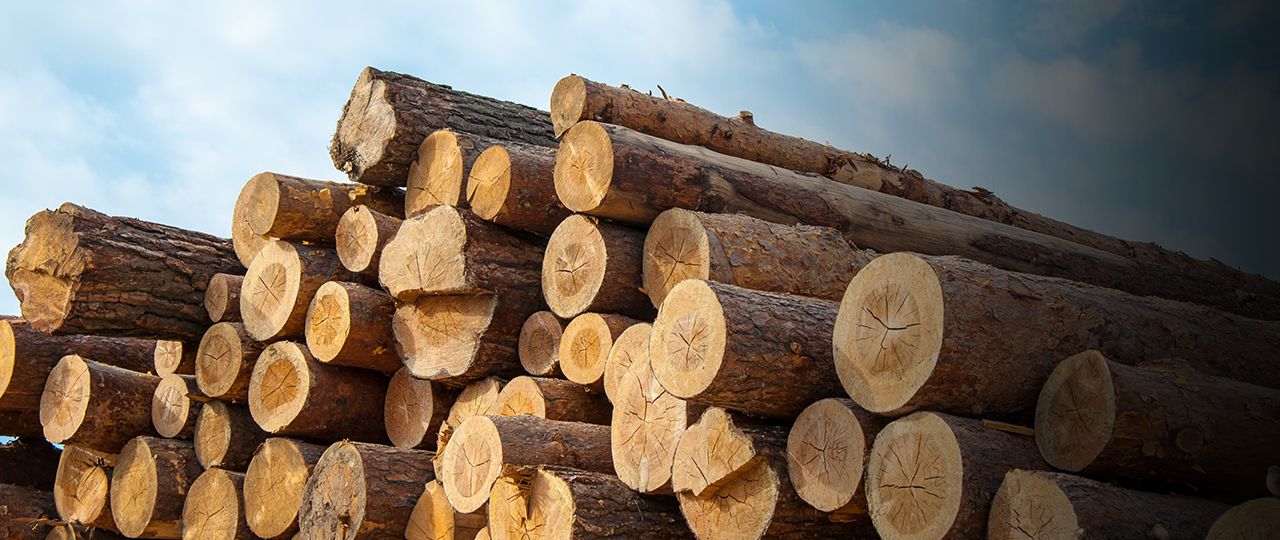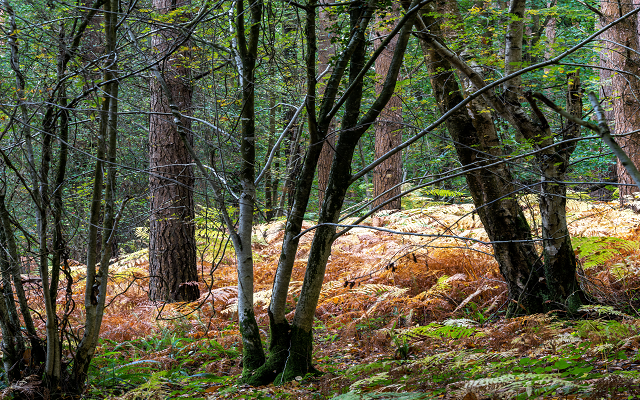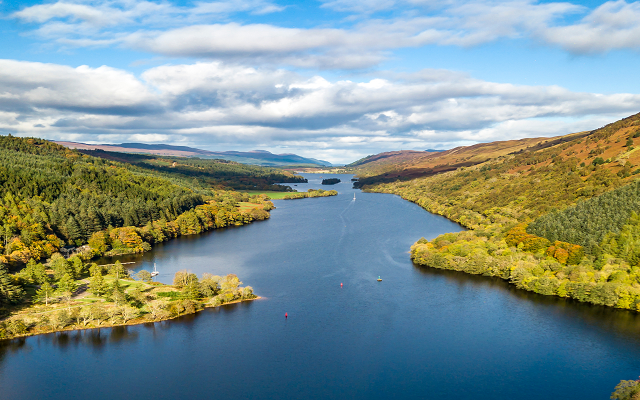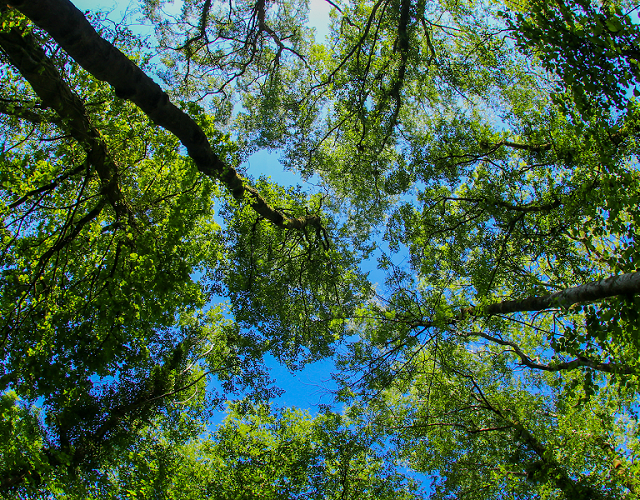Why people are talking about the need for more tree planting
New figures show that timber prices have surged by about 30% over the past year and in real terms are now at levels not seen since the mid-1990s.
The Forestry Commission statistics show the price of standing timber (trees not yet harvested) was up by 28.2% from March 2017 to March 2018.
The price of softwood sawlogs also went up by 20.8% in the six months to March 2018.
Confor, the body which represents the interest of the forestry and woodland sector, says the price spikes reflect a booming wood processing industry and demonstrate the need for more tree planting to reduce the UK’s reliance on imports.
However, the timber price figures are not the only startling numbers in the forestry sector.
The UK is now the second largest net importer of forest products, second only to China, and the vast majority of the wood we import is softwood, something that the UK can grow very well.
At present, the UK has one of the lowest levels of woodland cover relative to the rest of Europe.
In France and Germany, more than 30% of the land area is covered by woodland, yet in the UK the figure is just 13%.
Tree targets
The UK governments have all expressed their desire to see more woodland planted, but translating that ambition into reality has, to date, proved a challenge.
Most progress is being made in Scotland where there is a tree planting target of 10,000ha each year up to 2021 and then 15,000ha each year by 2025.
Encouragingly, during 2017 over 10,000ha of new planting proposals were approved, an increase of 3,500ha from the previous year.
In England, progress has been slower, with only 700ha of new woodland created in 2016 and the focus to date has largely been on establishing mixed woodlands for biodiversity, rather than commercial plantings.
However, earlier this year, plans were unveiled for a new Northern Forest in England which will stretch from Liverpool in the west, across to Hull in the east.
The plan is that this will be a mix of woodland, with some parts focused on improving biodiversity, but others designed for timber production or to lock up carbon efficiently.
The government’s 25-year Environment Plan also made a commitment to plant 180,000 hectares of new woodland by the end of 2042.
The government has also pledged to continue the “promotion of large scale woodland creation to give investors the confidence to renew and expand wood-processing capacity”.
Forestry investors
But it is not just politicians and environmentalists who are keen to see more trees planted.
Forestry remains an attractive investment thanks to strong capital growth in the forestry sector over the past 20 years and the favourable tax treatment of commercial forest investment.
We have seen growing interest from forestry investors who are keen to secure low-value, unproductive farmland to get new planting schemes in place.
Over the past 18 months or so, several large areas of land have been purchased for planting schemes, with prices in the range of £3,000-£5,000 per ‘plantable’ hectare being paid for the best land.
Finding the right sort of sites – particularly in England – is a challenge because agricultural land values are generally higher than in Scotland.
The situation is also complicated by the fact that few vendors with land well-suited to forestry have thought about seeking permission to plant trees before they sell.
However, if more landowners who are considering selling poor farmland applied for permission first it would open up the market by removing the risk that forestry investors will be prevented from planting trees on the land.
John Clegg & Co, in partnership with Tilhill, prepares an annual report which gives both the buyer’s and seller’s perspective on the UK forestry property market.Read The UK Forest Market Report 2017 (FMR).






